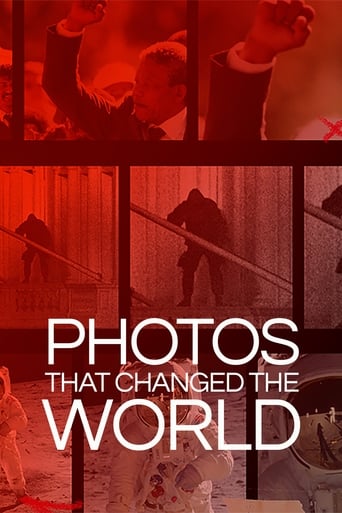
Rating:
0.5/10 by 1 users
The End of a World
The last programme in the series shows the films shot by Kahn's cameraman Lucien Le Saint who joined the French fishing fleets in Newfoundland, the film and colour autochromes shot by Frederic Gadmer who recorded Voodoo religious practices in Benin and the experimental colour films produced by Camille Sauvageot in 1928, depicting the lives of farmers, Gypsies and bullfighters in France.
Writing:
Release Date:
Thu, Apr 19, 2007
Country: GB
Language: En
Runtime:
Country: GB
Language: En
Runtime:
Season 2:

When the Armistice was signed in November 1918, Kahn's team photographed the scenes of jubilation in Paris as they witnessed the negotiations at the Paris Peace Conference and recorded the horrifying aftermath of four years of war and the upheaval that followed war in the Rhineland and Turkey.

The First World War led to the disintegration of the Ottoman Empire and its former provinces came under the control of France and Britain. Though as the occupying troops arrived, the people of present-day Syria, Lebanon and Palestine were already entertaining hopes that they would be able to govern themselves. Albert Kahn's cameras were there to record the establishment of new nations.

Between 1914 and 1928, Kahn sent some of his most talented photographers to the Far East. In Cambodia, Vietnam and Japan, they produced a compelling photographic record of economic and cultural life, subsistence industries, and ceremonial practices, and produced a fascinating portrait of the life of a wealthy Maharajah in India during the British Raj.

The last programme in the series shows the films shot by Kahn's cameraman Lucien Le Saint who joined the French fishing fleets in Newfoundland, the film and colour autochromes shot by Frederic Gadmer who recorded Voodoo religious practices in Benin and the experimental colour films produced by Camille Sauvageot in 1928, depicting the lives of farmers, Gypsies and bullfighters in France.

Some of the most important of all the 72,000 colour images in Kahn's Archive were shot during three separate visits (in 1908, 1912 and 1926) to Japan. As an international financier, Kahn had established a network of contacts that included some of the most prominent members of Japan's business, banking and political elites. Consequently, Kahn's photographers were granted privileged access to places that would have otherwise been off limits - including some of the royal palaces, where they shot colour portraits of the princes and princesses from Japan's Imperial family. But some of their most fascinating images capture moments from the lives of ordinary Japanese people at work and play. This film showcases Kahn's treasury of films and autochromes of silk-farmers, Shinto monks, schoolchildren, porcelain merchants, Kabuki stars and geishas - pictures that were recorded at a time when this fascinating country was going through momentous changes.





















